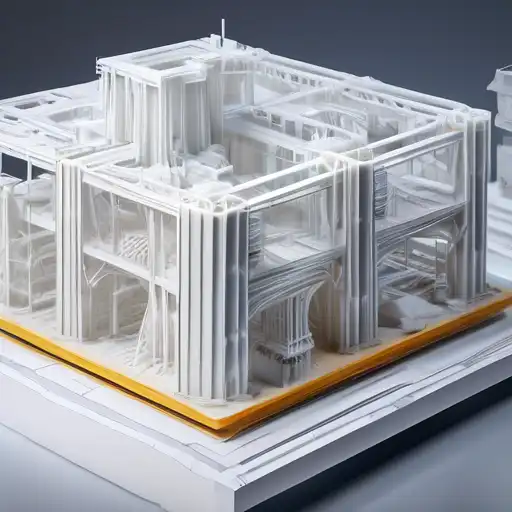Introduction to 3D Printing in Construction
The construction industry is on the brink of a revolution, thanks to the advent of 3D printing technology. This innovative approach to building is not only faster and more cost-effective but also opens up new possibilities for architectural design and sustainability. In this article, we explore how 3D printing is shaping the future of construction.
The Benefits of 3D Printing in Construction
3D printing, or additive manufacturing, offers numerous advantages over traditional construction methods. These include:
- Reduced Construction Time: Projects can be completed in a fraction of the time it takes with conventional methods.
- Lower Costs: Significant savings on labor and materials make 3D printing an economically attractive option.
- Design Flexibility: Complex geometries and custom designs are easily achievable, allowing for more creative architectural solutions.
- Sustainability: Minimized waste and the ability to use recycled materials contribute to greener building practices.
Current Applications and Projects
Around the globe, 3D printing is being used to construct everything from residential homes to commercial buildings and even bridges. Notable projects include:
- The world's first 3D-printed office building in Dubai.
- A 3D-printed pedestrian bridge in Madrid, showcasing the technology's potential for infrastructure.
- Affordable housing projects in developing countries, demonstrating 3D printing's role in addressing global housing shortages.
Challenges and Future Prospects
Despite its potential, 3D printing in construction faces several challenges, including regulatory hurdles, material limitations, and the need for skilled operators. However, ongoing research and development are rapidly addressing these issues, paving the way for wider adoption.
The future of 3D printing in construction looks promising, with advancements in materials science and robotics expected to further enhance its capabilities. As the technology matures, it could become the standard for building, offering a faster, cheaper, and more sustainable alternative to traditional methods.
Conclusion
3D printing is set to transform the construction industry, offering innovative solutions to some of its most pressing challenges. By embracing this technology, we can build a future that is not only more efficient and cost-effective but also more sustainable and creative. The possibilities are as limitless as our imagination.
